How to replace a Torque converter in the transmission of Acura?
Before answering this question there are a few things to know about Acura. Acura is a luxury vehicle brand owned by Honda.
It was the first Japanese luxury automotive brand to arrive in North America. It was launched in 1986 residing in Canada & the United States. most of the Acura vehicles offer automatic transmissions as standard or optional equipment. Acura’s automatic transmissions are designed to provide smooth and seamless shifts while delivering good fuel economy and performance. Some Acura models use a traditional torque converter automatic transmission, while others feature a more advanced dual-clutch transmission (DCT).
Table of Contents
Toggle
Replacing Torque converter transmission
A torque converter automatic transmission is a type of automatic transmission that uses a torque converter to transfer power from the engine to the transmission. The torque converter acts as a fluid coupling between the engine and transmission, allowing the engine to continue running while the vehicle is stationary.
Inside the torque converter, there are three main components: the impeller, the turbine, and the stator. The impeller is attached to the engine and drives the fluid in the torque converter. The turbine is attached to the transmission and is driven by the fluid from the impeller. The stator sits between the impeller and the turbine and helps to redirect the fluid flow, which increases the efficiency of the torque converter.
Signs that indicate it's time to replace your transmission:
Shifting Problems:
Shifting problems can be caused by a variety of issues, but one of the most common causes is a problem with transmission. If your car hesitates or delays when shifting gears, it may be a sign that your transmission is failing, Also if your car is shifting into the wrong gear, such as slipping into neutral or shifting into a higher gear than necessary, it may indicate a problem with the transmission, Hard Shifting, Frequent Shifting: : If your car is shifting frequently or erratically, it may be a sign that the transmission is not functioning properly.
Strange noises:
If you hear strange noises coming from your vehicle, it can be an indication of transmission problems. Some examples of strange noises that may be caused by transmission issues include:
Grinding or whining noise: A grinding or whining noise coming from your transmission can be a sign of worn bearings, damaged gears, or low transmission fluid. Buzzing or humming noise: If you hear a buzzing or humming noise coming from your vehicle, it could be a sign of a failing transmission pump or torque converter. Clunking or banging noise: A clunking or banging noise when shifting gears or accelerating can be a sign of a damaged or worn-out transmission mount or a failing transmission.
Leaking fluid:
Leaking fluid is a common sign of transmission problems. The transmission is a closed system, so if you see fluid leaking from your vehicle, it could be a sign of a problem. Here are some signs of a transmission fluid leak:
Red fluid under your vehicle: Transmission fluid is usually bright red in color, and if you see a puddle of red fluid under your vehicle, it’s likely that you have a transmission fluid leak. Low fluid levels: If your transmission fluid level is low, it could be a sign that you have a leak. Checking your fluid level regularly is important, as low fluid levels can cause damage to your transmission. Burning smell: If you smell a burning odor while driving, it could be a sign of a transmission fluid leak. If the fluid is leaking onto hot engine components, it can cause a burning smell.
Steps to replace a torque converter in an automatic transmission
-
- Disconnect the battery: This prevents electrical shocks while working on the transmission.
- Raise the vehicle: Raise the vehicle upwards so it becomes easy to replace the converter
- Drain the transmission pan: Before removing the torque converter it is necessary to drain the transmission fluid completely
- Removing Transmission pan & bolts: Once the fluid is drained, remove the bolts that hold the transmission pan in place &
- carefully remove the pan & then dismantle the bolts holding the converter.
- Uninstallation & Installation: In this step remove the old torque “carefully” from the transmission. This would require a pry bar or other specialized tools made for the same purpose.
- Repeat: Repeat the same process in descending order, Reinstall the bolts that connect the torque converter to the flywheel. Re-connect the transmission pan, & any other components that were removed. Refill the transmission with fluid with the proper type & amount of fluid.
- It’s important to note that the exact steps involved in replacing a torque converter can vary depending on the make and model of the car. It’s always best to consult the vehicle’s service manual or seek the assistance of a qualified mechanic for guidance.

